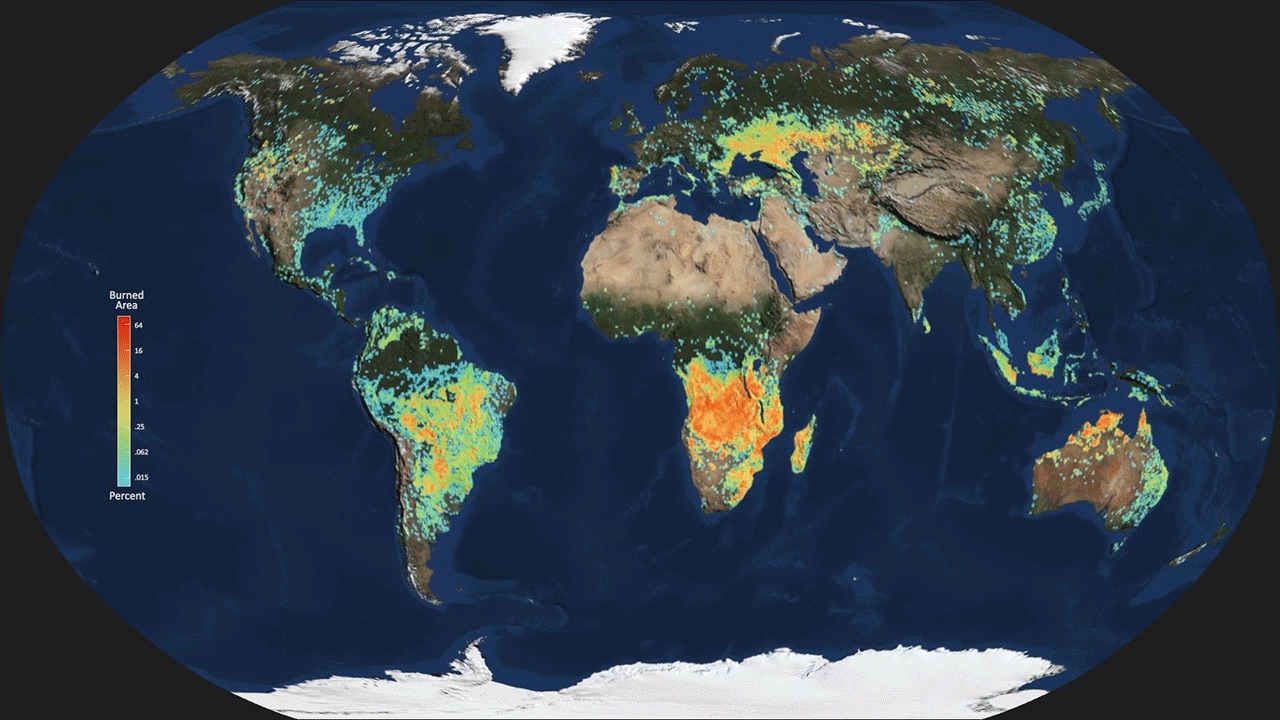
Experts at NASA get down to the source of methane emissions
A new study from NASA has unraveled the mystery of a rise in atmospheric methane over the last decade. The researchers managed to obtain a more accurate calculation of methane emissions from global fires which enabled them to balance out their methane math equation.
Since 2006, methane emissions have been on a steep incline. Methane emissions from the oil and gas industry and from bacteria found in tropical environments have been realistically estimated by experts. However, when researchers added these estimates together, the total was substantially higher than the amount of atmospheric methane being observed.
A team led by John Worden, a scientist at NASA’s Jet Propulsion Laboratory, developed a study to pinpoint the cause of this huge discrepancy. The investigation was focused on methane emissions from fires because their numbers are constantly changing across the globe.
Using observations by NASA’s Moderate Resolution Imaging Spectrometer, the researchers established that the total land area burned each year across the planet had dropped by about 12 percent between the early 2000s and 2014.
The team automatically expected that methane emissions from fires had decreased by about the same percentage. Surprisingly, satellite measurements revealed that methane emissions has dropped by almost twice as much as the occurrence of fires.
This unexpected figure was the missing piece of the puzzle that the experts were seeking. Once the new calculation of methane emissions from fires was accounted for and added to the estimates of methane from gas and microbial production, the overall atmospheric methane total balanced out.
“A fun thing about this study was combining all this different evidence to piece this puzzle together,” said Worden.
Carbon monoxide and methane data from NASA’s Measurements of Pollutants in the Troposphere instrument and Tropospheric Emission Spectrometer instrument enabled the team to quantify methane emissions from fires. The researchers found that these emissions have been dropping much more rapidly than what was previously realized.
The research is published in the journal Nature Communications.
—
By Chrissy Sexton, Earth.com Staff Writer
Credit: NASA/GSFC/SVS













